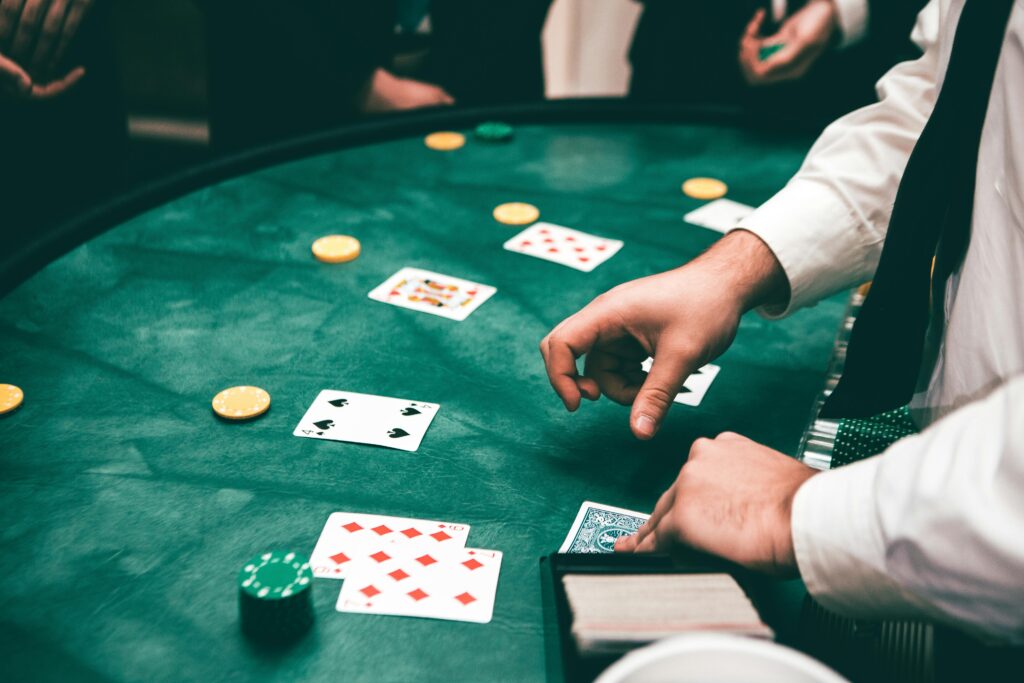Rediscovering Focus in a Distracted World
In an age of constant digital noise, small creative rituals have found renewed importance. Among these, adult coloring books have quietly become a form of self-guided therapy. They invite stillness through repetition, shape, and color, offering something both ancient and modern at once. The act itself is simple—filling a page with color—but the effect on the human mind has drawn attention from psychologists and educators alike. For those exploring how focused activities can train attention and reduce anxiety, one might click here to see how engagement and routine interaction form patterns of calm even in other types of structured games or practices.
Coloring as an adult may seem trivial, yet its growing popularity points to something deeper. It reflects a collective need for quiet focus and tactile engagement in a world that often feels intangible.
The Psychology Behind Repetitive Art
The therapeutic effect of coloring comes from its repetitive nature. When the hand moves across the page, the brain settles into a predictable rhythm. Psychologists have noted that this steady repetition can activate a state of “flow,” a mental condition where awareness of time and distraction fade.
Unlike activities driven by external goals, coloring has no competitive outcome. It rewards presence rather than performance. Each line filled and each space completed provides small signals of progress, encouraging continuity without pressure. This dynamic mirrors meditative practices that focus on breath or motion. The difference lies in the visual feedback—the image itself becomes a mirror of internal calm.
In a broader sense, coloring helps restore cognitive balance. The structured task occupies working memory, leaving less space for rumination. Many who engage in it report decreased anxiety and improved mood, not through escapism but through sustained attention to something tangible.
Art as a Nonverbal Language
Art has long served as a form of nonverbal communication. Even when no one else sees the finished page, coloring expresses choice, mood, and control. The individual selects colors, shapes, and patterns, building a visual record of how they feel.
For people who struggle to articulate stress or emotion, this kind of activity can act as a bridge between thought and feeling. In therapeutic settings, such expression allows internal states to become visible without confrontation. The focus remains on doing, not explaining.
This shift—from thinking about problems to engaging with materials—offers a subtle psychological benefit. The act of coloring redirects mental energy from abstract worry to sensory experience. Over time, this can train a calmer emotional response to everyday tension.
The Role of Structure in Relaxation
One of the key appeals of adult coloring books is their structure. The outlines are already there; the participant only chooses how to fill them. This balance of guidance and freedom seems central to their calming effect.
Too much freedom can create pressure—the blank canvas syndrome. Too little can lead to boredom. The pre-drawn designs solve this by offering a framework that limits choice just enough to promote ease. Within that frame, individuals can explore patterns, contrasts, and movement without fear of “getting it wrong.”
The satisfaction of completion also matters. Finishing a page provides closure, a small but concrete achievement that contrasts with the open-ended uncertainty of modern life.
Mindfulness and the Body-Mind Connection
Coloring demands both mental focus and physical participation. Unlike digital entertainment, it requires posture, touch, and coordination. These physical elements engage the body in the act of relaxation, grounding the mind through sensory feedback.
The brain interprets this coordination as evidence of control, counteracting the helplessness often linked with anxiety. This connection between body and mind echoes techniques used in mindfulness training. Breathing exercises, walking meditations, and manual crafts all share this grounding quality—rooting attention in present sensations rather than wandering thoughts.
What makes coloring distinct is its accessibility. It requires little preparation, no expertise, and minimal resources. In that simplicity, it becomes a democratic form of self-care—one that does not demand verbal introspection or advanced skill.
The Social Dimension of a Private Act
While coloring is often solitary, it has also become a shared practice. Groups meet in libraries, cafés, and community centers to color together. The activity itself is quiet, but the shared silence fosters connection. In a time when much communication occurs through screens, collective manual activities rebuild social presence without the pressure of conversation.
This communal form of calm demonstrates how creativity can bind individuals through simplicity. It restores a sense of belonging that digital interactions sometimes lack. Even when done alone, the act ties participants to a larger cultural moment—one that values slowness and introspection amid speed.
Cognitive Benefits and Mental Health
Research into art-based therapies suggests measurable cognitive benefits. Structured creative activity improves attention span, fine motor coordination, and problem-solving ability. In clinical settings, such activities have been linked with reduced symptoms of depression and post-traumatic stress.
The mental process behind these outcomes is straightforward: focusing on a controllable task replaces cycles of anxious or intrusive thought. Each small decision—choosing a color, following a contour—provides feedback that reinforces agency. This experience of control, even in a small domain, strengthens resilience in larger aspects of life.
Coloring also stimulates brain regions associated with visual processing and reward. The combination of pattern recognition and completion creates subtle but consistent feelings of satisfaction. Over time, this can form a positive behavioral loop, encouraging regular practice.
Limitations and Realistic Expectations
While coloring offers psychological benefits, it is not a substitute for professional therapy. It cannot address trauma, complex disorders, or deep emotional conflict on its own. What it can provide is a structured way to manage stress and maintain equilibrium.
Its effectiveness depends on intent. When used as a mindful activity rather than a distraction, it supports awareness and calm. When used solely to escape discomfort, its benefits may fade quickly. The key lies in attention—coloring with awareness of the process rather than racing toward completion.
Understanding this balance helps integrate coloring into a broader toolkit for well-being, alongside exercise, conversation, and rest.
The Broader Meaning of Art as Therapy
The rise of adult coloring books reflects a broader shift in how people approach mental health. Where previous generations viewed therapy as a clinical process, today’s culture recognizes many forms of self-directed care.
Art has re-emerged as one of the simplest ways to engage that care. It offers a means to externalize emotion, measure progress, and find rhythm in repetition. In coloring, individuals reconnect with the same impulse that guided early cave drawings and decorative traditions—a need to mark time, space, and feeling with shape and color.
By slowing thought and steadying motion, art reminds us that calm is not a gift but a practice.
Conclusion
Adult coloring books demonstrate how small creative acts can support mental clarity in a complex world. Their value lies not in artistry but in process—the slow return to focus, movement, and color. Through these pages, many discover that the mind’s restlessness can quiet not through distraction but through engagement.
In coloring, art becomes less about beauty and more about rhythm. The hands lead, the eyes follow, and the mind learns stillness. That stillness, once rediscovered, can extend beyond the page into the rest of life.




